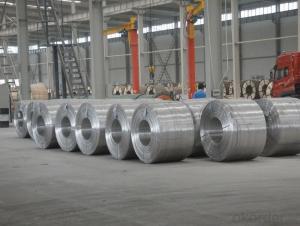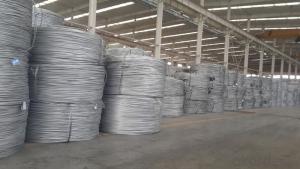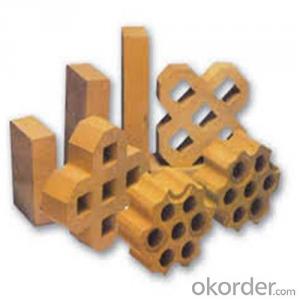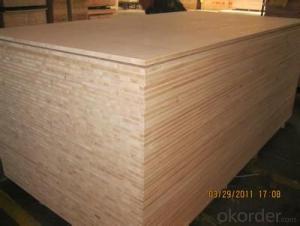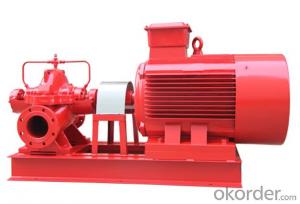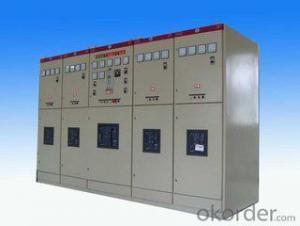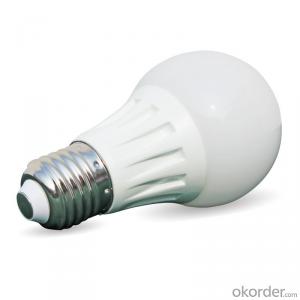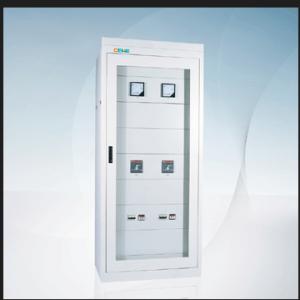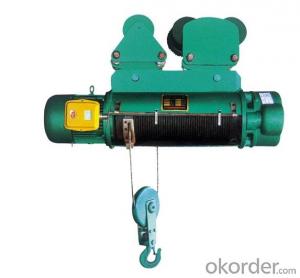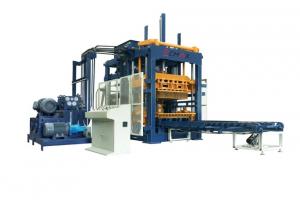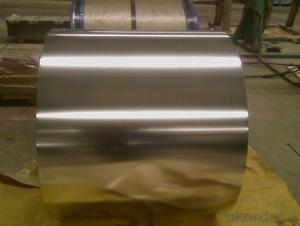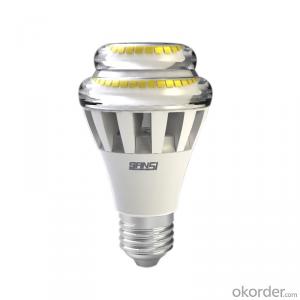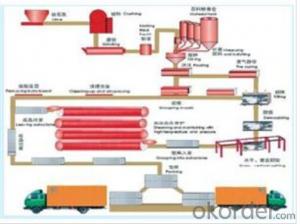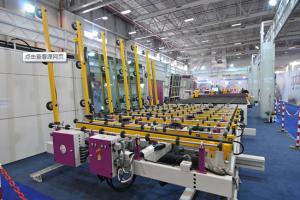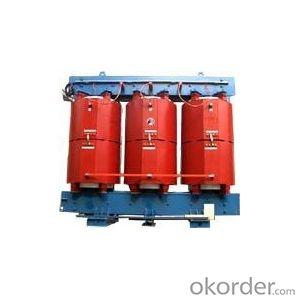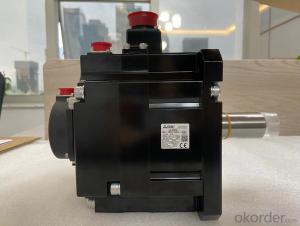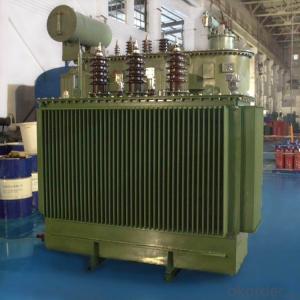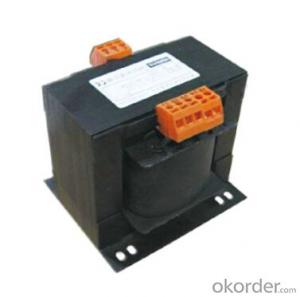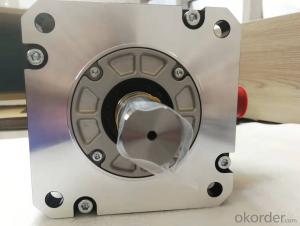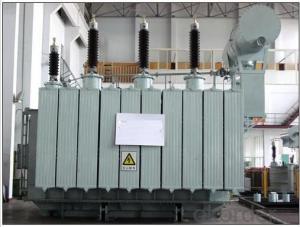Distribution Block Electrical
Distribution Block Electrical Related Searches
Aluminum Electrical Wiring Aluminium Modelling Mesh Electrical Panel Accessories Aluminium Formwork Singapore Kumkang Aluminium Formwork Camper Electrical System 1 Inch Threaded Rod Non Electrical Equipment Electrical Energy Generation Electrical Safety InspectionHot Searches
Pedestal Fan With Water Spray Price Mini Inverter With Battery Online Shopping Induction Cooker Coil Price Cost Of Electrical Wire Per Foot Electrical Equipment Price List Next Induction Cooker Price Home Depot Electrical Wire Prices Buy Electrical Wire Online Electrical Cable Types Wholesale Electrical Parts House Electrical Wiring Types Electrical Equipment Company Petaluma Electrical Wholesalers Used Electrical Wire For Sale 6 3 Electrical Wire For Sale Used Electrical Cable For Sale Cost Of Electrical Wire Per Foot Electrical Equipment Price List Home Depot Electrical Wire Prices Buy Electrical Wire OnlineDistribution Block Electrical Supplier & Manufacturer from China
Okorder.com is a professional Distribution Block Electrical supplier & manufacturer, offers integrated one-stop services including real-time quoting and online cargo tracking. We are funded by CNBM Group, a Fortune 500 enterprise and the largest Distribution Block Electrical firm in China.Hot Products
FAQ
- How to tune to 14V? Why I tune the value of the above voltage meter has been always beating.
- Transformer parameter setting method is: 1, the calculation: According to the ideal transformer primary turns ratio ratio n1 / n2 = V1 / V2 = 220/14 ≈ 15.7, ???????????? Let the primary winding sense L1 = 1H, then the secondary winding inductance L2 = 1 / (15.7 ^ 2) ≈ 0.00406H,
- Current and Potential transformers both are actually Instrument transformers, which step down or lower down the values of current and voltages for measuring purposes.But I have heard of that both CT and PT specifically are used for stepping up current and voltages at some point of transmission system.if this is correct then can anyone tell where they are used?If not then there are step up transformers for similar uses but my question is why they are not called as CT's or PT's.
- The usual application of CTs and VTs is to provide isolation between the power system and instrumentation and/or protection equipment. And in this instance, the transformation is usually to reduce the magnitude of the voltage or current that is being measured. There occasionally are instances in which it is necessary to increase the magnitude of voltage or current. In most instances these situations involve relatively minor adjustments in the magnitude of voltage or current and take place in the CT or VT secondary. The transformers that are used to make these adjustments are typically called 'auxiliary' CTs or VTs. There are a few very specialized situations in which CTs or VTs are used to couple a signal into the power system itself. One example of this is where a high-frequency signal is superimposed onto the power system to establish a control communications channel. So-called 'power line carrier' signals are usually in the kHz range, and are typically coupled into the system via VTs - most often, capacitive VTs rather than inductive VTs.
- I need to know how and auto transformer works and how i can get 240 with it thanks in advance and if theres a website thats explains transformers that would be great (: thnx again !!
- Auto transformer is a single coil wound on a core(iron/ferrite) having three terminals. Out of three, two terminals are fixed on each side. But central terminal is provided in such a manner which can move on the coil from one side to another side. Voltage input is fed across two ends, and output is taken across central point and ground point. Accordingly one end/ common end/ becomes common to both input and output. In some cases, top (phase) terminal, winding is continued further to a tertiary point left open, and variable point moves up to this tertiary point then, in auto transformer only, step up of output is achieved. Please note that input and output voltages can not be isolated in auto transformer. However we same some money since same winding is used common to primary and secondary.
- Rectifier and rectifier transformer
- First of all to clear their own concepts to distinguish. 1. Transformers, Narrow concept: the concept of power transformers is able to electromagnetic coupling by a certain type of alternating energy into another standard alternating energy, such as voltage and current conversion, but in any case, the energy is conserved; General concept: any equipment capable of transforming can be a transformer; for example, switching power supply, resistance step-down, three-terminal regulator, and so on; 2. Rectifier, Rectification is the process of turning the alternating signal into a DC signal. The rectifier is a device that can turn the alternating signal into a DC signal. 3. Then look at the difference, Rectifier as mentioned above, the AC signal into a DC signal; For example, you can use a rectifier (rectifier bridge) to convert the mains 220V 50Hz AC into 308V DC; Rectifier transformers, that is, in the "AC into DC" can also be voltage conversion, for example, can be reduced after the rectification of 308V into 5V, 9V, 12V, or boost into 400V, 450V, 500V, or other you Want the voltage. Of course, here the transformer to do a broad understanding, because your voltage has been rectified DC voltage.
- I remember a Transformers cartoon and there was like a gas in it and if the Autobots were in a place that the gas was in there, they would turn red and turn evil and fight each other. And also Optimus Prime was dead fist and then some Autobots bring him back to life And I think Rodimus has the matrix. What was that movie called?
- Yup, that was the episode in season three where Optimus Prime is brought back to life (after his death in the movie). The episode is called Return of Optimus Prime and is a two parter. The red stuff is rage and can pass if you get touched a la 28 days later. This is the episode that had Optimus return to life and get back the matrix from Rodimus (turning again back to Hot Rod). He unleashed the matrix to defeat the rage, but it empties the matrix of all it contained.
- I need to run 12 amps through a 5-ohm electromagnet which means 60 volts must fall across it. I am building a power supply bridge rectifier circuit to fit my needs. I have a transformer capable of handling the wattage requirements but I am having trouble figuring out the amount of turns on the transformer to have on both the primary and secondary. The primary will be connected to an American outlet and I just don't understand how to get 60 volts DC out since the AC RMS voltage will be different than the rectified DC voltage.
- The transformer's primary should not disturbed, if possible. If not, then replace the primary wire using the same wire gauge and number of turns. The secondary winding needs a wire that handles about twice as much current as the primary's winding, which would require a wire that has twice the cross sectional area. I don't think that capacitor filtering of the bridge rectifier's output is necessary, but it would cause a lot of hum. If the capacitor is not used, the current and voltage feeding the magnet will be relative the average value (.63 of peak value), rather that the RMS value (.707 of peak value), Therefore, the peak value of the secondary winding would be 60/0.63 plus bridge rectifier drop or about 95 volts. Its RMS value is then 95*.707 67 volts and the turns ratio would be 67/102 .56 to 1.
- The difference between the reflection impedance of the ideal transformer and the hollow core transformer is different.
- The ideal transformer reflection impedance is the equivalent impedance of the load resistance equivalent to both ends of the primary coil, directly across the primary coil at both ends, in parallel with the primary circuit, and the nature of the reflection impedance and load impedance of the same nature.
- dear sircan you please tell me the different Between the indoorr and outdoor distributionn transformer 11kv in applications and designwith our best regards
- Everyone wants to live in a wonderful residence with fashionable and unique framework and if you are one of those folks and you have the spot and time to do your personal landscaping why don’t you make your ideal perform with a good deal of assist from here

